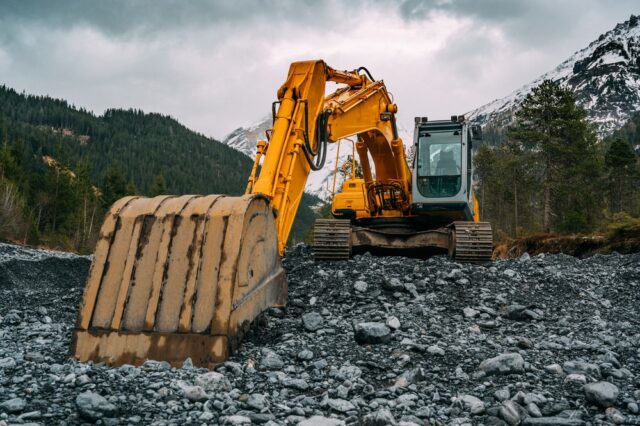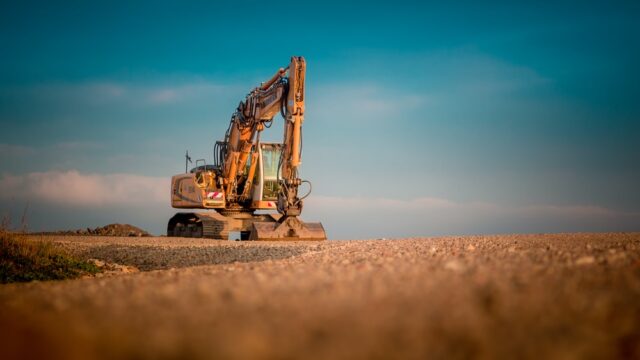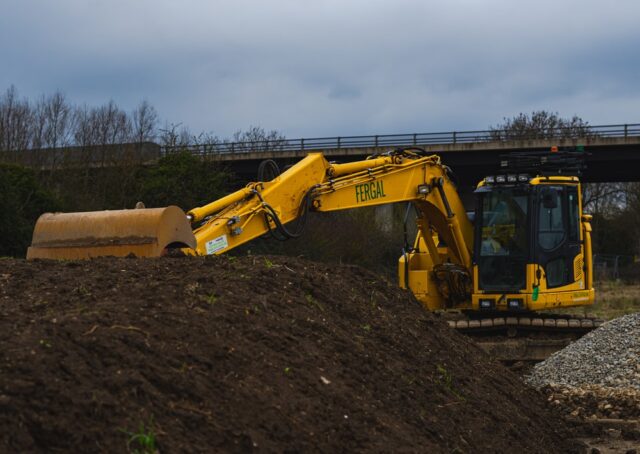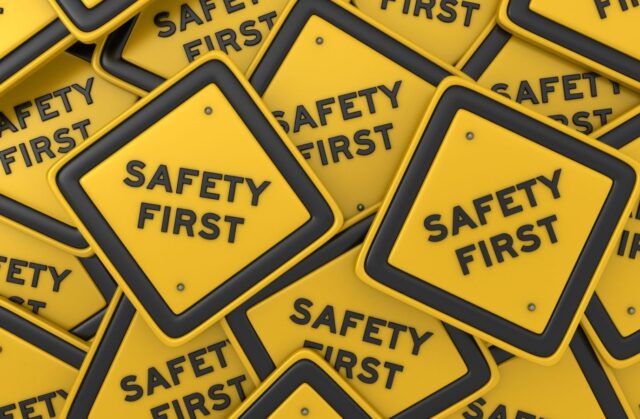
Several construction processes can be dangerous for human life, and workers need to pay extra attention to learning them to avoid any mishap. Excavation is one such process that is required in various construction projects. If you do not have much knowledge about excavation, then you have landed on the right platform. In this article, we will be sharing various points that can help you understand this process in detail.
1. What do you mean by excavation?

Excavation is a procedure done on various construction sites to remove multiple materials such as rocks, soil, etc., with the help of machines. It is performed to ensure different purposes like mining, environment restoration, construction, etc. It is a risky procedure, and the workers must take all the precautions to ensure their safety.
2. Understanding the working procedure:

- The first step involved in the procedure is to make the site free from all the unwanted substances such as plants, weeds, or bushes. Once the site gets clear, it can be used for the excavation process.
- The next step is to lay the center or the excavation lines on the ground before starting the actual procedure.
- You need to mark at least 2 and utmost 4 benchmarks at the corners for taking measurements. Use permanent structures to mark these benchmarks like trees, roads, etc. Also, you can use lime powder for this tracing. With the help of these lines, the workers get a fair idea of the excavation depth.
- This procedure can be done with the help of machines or manually, depending upon the project and the availability and a Sensor 2130677 is sure to enhance performance.
- The soil that is removed during the process can be stocked around the pit. Keep in mind that there must be at least 1 meter of distance between the excavation pit and the stock of soil removed from it. Otherwise, if the space is less, the soil will again fall into the pit due to rain or other harsh weather conditions.
- Dressing of the pits is required to be done as per whatever is mentioned in the drawings. For example, if your project site is situated in a place containing loose soil, you have to make sure to protect or hold that loose soil and you may also require an atlas copco oil separator. For this purpose, mainly shoring is done.
- After you are done with the excavation, it is essential to seal the site or the building to provide safety. Consider checking out the KineticIndustry to study this process in more detail.
3. How to use the excess soil:

Sometimes people get confused about what they can do with the excessive soil they have dug from the excavation site. Let us break this down for you in a simple manner. You can use excess soil in various ways, such as gardening, around your home, or in preparing roads. This will save the money that you would use to buy the soil for gardening purposes. It will also help in making the construction site safer and free from any obstruction.
If there is no way in which you want to use this excess soil, then we have another suggestion for you. You can also consider selling this soil. If you live in some rural areas, you can come across various farmers who use this soil in their fields. Also, request the purchaser to take the soil from the site himself to save transportation costs.
4. Types of excavation:

No matter what type of construction work it is, you have to ensure that the ground is free from all the obstacles to ensure a strong foundation. Most of the project sites need to do excavation for this purpose. As mentioned earlier, this process can be done manually and with the help of machines depending upon the type of project and availability.
There are various types of excavation that you must know about before starting the actual procedure. You can select the type of excavation needed depending upon the purpose of the project and the material that can be used. These types include Rock, topsoil, earth, muck, trench, cut & fill, dredging, and basement excavation.
5. Learn about the safety measures:

Various studies tell us that every month two workers get killed while performing the excavation. And this is not what you want for your laborers. Therefore, to ensure their safety or protection, check out the following tips:
Equip the workers with all compulsory cave-in protection:
Unstable soil can make the site unfit for the laborers. Therefore, it is always suggested to provide them with all the essential equipment for their protection, especially when they are deep inside the trench. Make sure to plan everything before starting the job. Consider taking professional help in case you are not aware of the cave-in protection equipment.
Keep the unwanted material away from the excavation edge:
The soil or the rocks that are removed by using this process can be dangerous for the worker. That is why you need to make sure that such unwanted substances are present in the close vicinity of the excavation pit. Otherwise, if they are kept close to the pit, the rocks or soil may fall on the workers and cause injuries to them.
Install danger sign boards on the site:
Sometimes an unknown person may arrive at your project site unknowingly, and he might not know what is going on the site. Therefore, to ensure their safety, you need to install all the danger sign boards required to alert people.
TO SUM UP
The excavation process is not as simple as it may sound. There are a lot of points that you need to keep in mind while executing this procedure. To help you understand it better, we have mentioned some fantastic tips. Check out these points to get more information.












